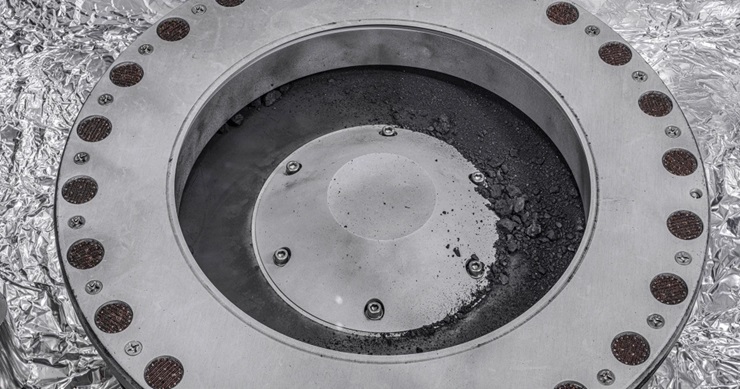Scientists have made a promising discovery in a sample collected from the asteroid Bennu. The analysis revealed the presence of water and large amounts of carbon, suggesting that Bennu may contain the building blocks of life. This supports the long-standing theory that asteroids and comets may have played a crucial role in delivering the materials necessary for life to develop on Earth billions of years ago.
The sample was collected by NASA’s spacecraft, OSIRIS-REx, which was sent to rendezvous with Bennu in September 2016. After reaching the asteroid in 2018, the spacecraft spent over two years investigating Bennu and gathering sample material before embarking on a two-year journey back to Earth.
NASA Administrator Bill Nelson stated that the OSIRIS-REx sample is the largest carbon-rich asteroid sample ever delivered to Earth. The sample will aid scientists in their investigation of life’s origins on Earth for generations to come. Nelson also emphasized that missions like OSIRIS-REx improve our understanding of asteroids that could potentially threaten Earth, while also providing insights into the universe beyond our planet.
Key Takeaways:
- A space mission that included a rendezvous with the asteroid Bennu has returned to Earth with a sample containing water and large amounts of carbon, suggesting the presence of life’s building blocks.
- The sample from the OSIRIS-REx mission, the largest carbon-rich asteroid sample ever delivered to Earth, will aid in the investigation of life’s origins on our planet.
- The mission’s findings support the theory that asteroids and comets could have played a crucial role in delivering the necessary materials for life to develop on Earth billions of years ago.
“Most notably, the material appears to contain water and large amounts of carbon – a prime indicator that Bennu may be carrying the building blocks of life. It has long been theorized that asteroids and comets may have played a key role in delivering the necessary materials needed for life to develop on Earth billions of years in the past.”
More details: here


Leave a Reply